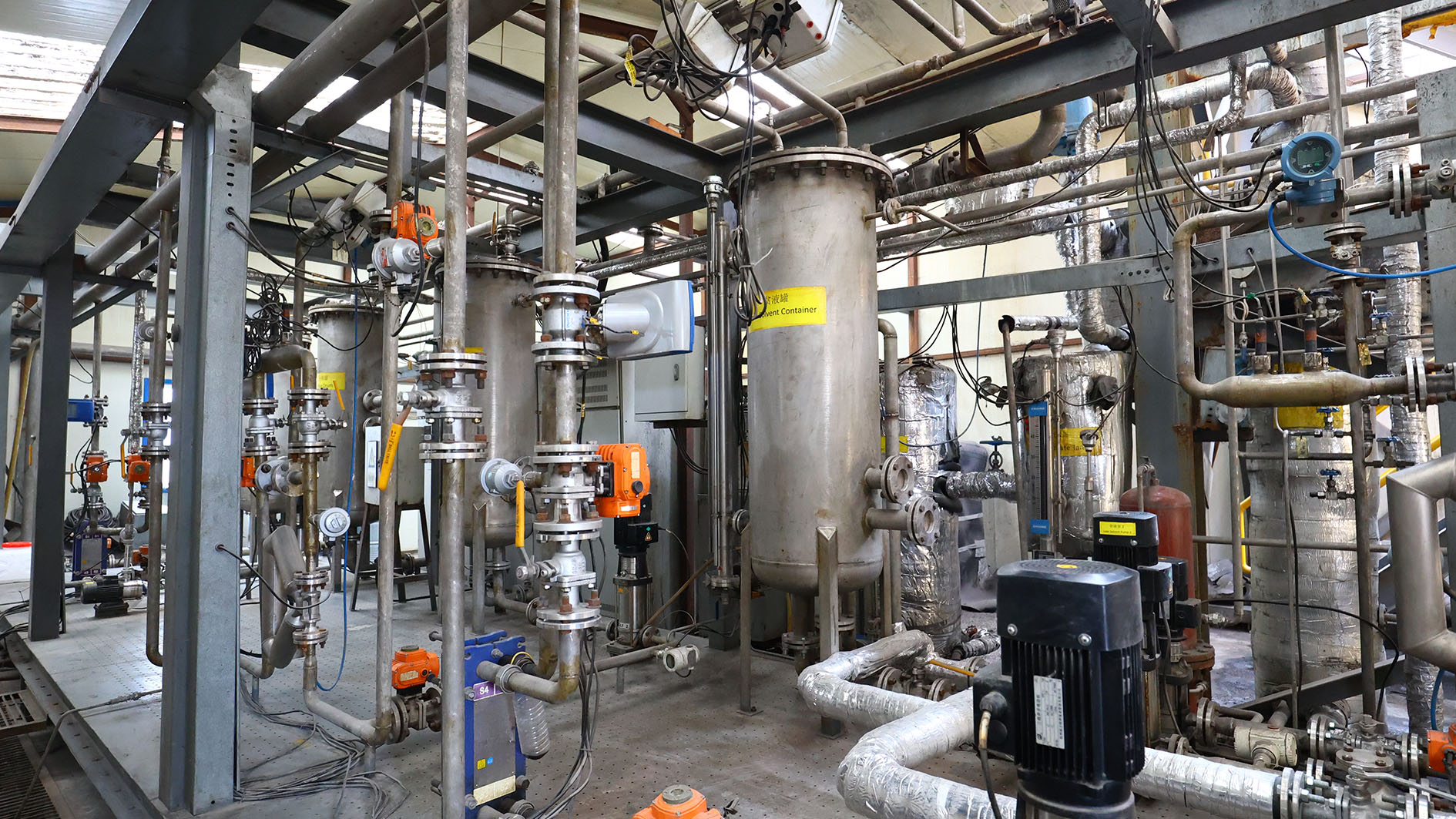02:12

Carbon capture and storage, or CCS technology, has been going around in China for years but not really caught on. The technology is often traditional power plants' go-to choice for handling emissions – taking them in and storing or transforming them into other usable items. But CCS is often viewed as expensive and not efficient enough.
CCS embraces its second spring thanks to tech advances and new policies.
Late last year, Huaneng, one of China's biggest power generating companies, put to the test an upgraded version of CCS in one of its thousand-ton-emission-per-year plants in Changchun, northeastern China.
The upgraded version uses a new solution that could mean all the difference.
Gao Shiwang, Deputy Chief Engineer of Huaneng Clean Energy Research Institute, said the new absorbent could cut heat consumption in the process by 40 percent.
"When this absorbant interacts with carbon dioxide, it breaks into two layers, the one where CO2 concentrates could be set apart and processed, and the other half could be used to capture CO2 again. Using this absorbant could cut as much as 40 percent heat consumption compares with previous editions," he told CGTN.

A new-generation CSS absorbant. /CGTN
A new-generation CSS absorbant. /CGTN
But it still needed to be further tested until widespread use.
"We are next trying to put the solution to use in the 120,000-ton facility in Shanghai, and if that goes on well. It will become the solution for many more of our projects."
For now, even China's largest carbon capture and storage power plants are still small-scale, running at a 100,000-ton level as compares to facilities in Canada, for example, that handles million-ton-level-emission.
But China's ambitious green goal of having carbon emission peak by 2030 and becoming carbon neutral by 2060 has given CSS a big dose of push.
Zhang Jiutian from Green Development Institute, Beijing Normal University said the 2030 and 2060 have a decisive difference for all industries concerned.
"Before, Carbon capture and storage were most often used in projects just to test if the technology was viable, but now with the 2030 and 2060 goal, CCS needs to aim for commercialization and economy of scale," he said. "That's partly why the 14th Five-Year Plan has called CCS projects to focus."
He also expects a matured CCS technology to be the green solution for fossil fuel power plants and cement factories, steelmakers,, and other industries that need to reign in greenhouse gas.

